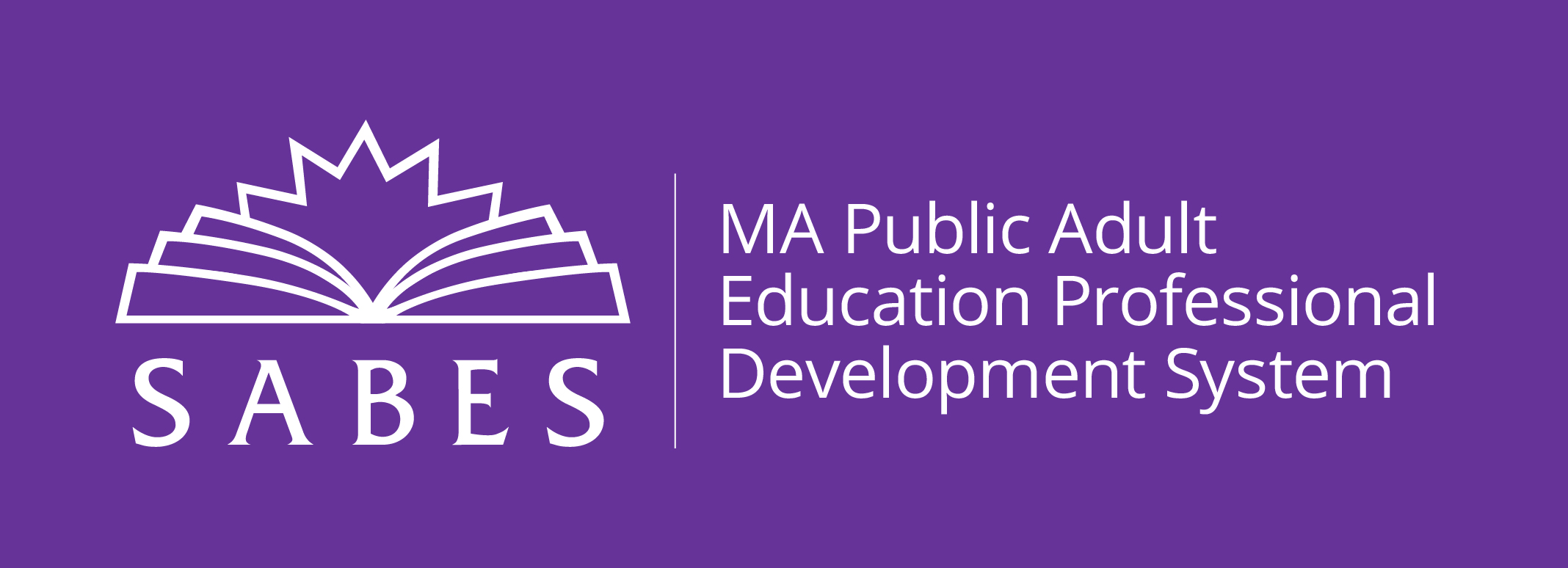The “D” in LD—learning disabilities—does not stand for deficit. Therefore, we should not think of students who learn differently as being deficient in some way, although that is often how they have been treated. In fact, even the word disability suggests that someone is unable to learn or that he cannot learn what other students can. The reality is that these students can learn; they just do so in ways that are different from the mainstream. In actuality, each of us learns differently, depending on the subject, the way the material is presented, our own personal experiences, and many other variables. Many of our adult learners who are suspected of having LD may have had poor math experiences that get in the way of efficiently learning in our classes.
No matter how our students learn, or what baggage they bring with them to our adult education classrooms, the important thing is that everyone should have the opportunity to receive a high-quality education. According to the National Council of Teachers of Mathematics (2014), one of the six major guiding principles for school mathematics is access and equity: “An excellent mathematics program requires that all students have access to a high-quality mathematics curriculum, effective teaching and learning, high expectations, and the support and resources needed to maximize their learning potential” (p. 5).
So, how do we make sure that we are being equitable with all of our students? According to the National Research Council (2001):
[It] is in the best interest of special-needs children to assume that the following principles apply to all children: (a) learning with understanding involves connecting and organizing knowledge; (b) learning builds on what children already know; and (c) formal school instruction should take advantage of children’s informal everyday knowledge of mathematics.
Learning difficulties among special-needs children stem largely from instruction that violates one or more of these principles. Common mistakes in their instruction include (a) not assessing, fostering, or building on their informal knowledge; (b) overly abstract instruction that proceeds too quickly; and (c) instruction that relies on memorizing mathematics by rote. (p. 342)
What is clear is that we need to give all of our students (whether or not they actually have a diagnosis of LD) the opportunity to learn math—and by learning, we’re not talking about computation. (Just because a student can perform a rote calculation does not mean she is using math, any more than we would say a student is literate simply because she can decode words.)
Debunking Myths
Two myths seem to get in the way of teachers being able to teach all students to be effective math problem-solvers. The first myth is that students with LD are not capable of conceptual understanding. However, recent research on the cognitive strengths of individuals with dyslexia has shown that they sometimes have strengths in 3-D spatial thinking, connected to strengths in mechanics and complex visualization. Another strength of some individuals with dyslexia is interconnected and narrative reasoning; individuals with dyslexia tend to make unique associations between concepts and to excel in discerning patterns (Lambert, 2018, p. 3). Perhaps one challenge that students with LD have in traditional math classrooms is that there is too much focus on memorizing disconnected information, rather than focusing on making connections among math concepts.
A second myth about students with LD is that they are not capable of developing and using their own strategies; hence, we have to show them what to do, model it, and then let them practice it again and again. In fact, most early research studies on students with LD focused on explicit, direct instruction. When researchers tested whether explicit instruction helped, the answer was yes. Traditionally, this explicit instruction in math often focused on rote procedures. However, there was no research suggesting that direct instruction was the only way to teach, nor that discovery learning was ineffective. More recent research that focused on having students develop their own strategies has shown that students are capable of doing so (Lambert, 2018, p. 4). In fact, having their own strategies rather than trying to remember ones modeled by a teacher eases the strain on students’ memory.
Using Visuals to Develop Conceptual Understanding
To support teachers as they help students with LD and their peers develop into strong, strategic problem-solvers and build on their strengths, the SABES Mathematics and Adult Numeracy Curriculum & Instruction PD Center has developed a series of three workshops on using visual representations in math class, titled Using Visuals to Develop Conceptual Understanding. These short courses offer other ways of thinking conceptually and problem-solving as an alternative to memorizing procedures. After all, it is not necessary for college, for life, or for work to be able to solve problems with one particular procedure. What is necessary is to be able to make sense of problems and get reasonable answers—and that is something that all of our students can learn. We can help teachers help their students do just that.
Below the reference section are three examples illustrating how visual representations, such as area models, number lines, and Singapore strips, can help any student who has struggled with memorizing procedures.
References
Lambert, R. (2018). Indefensible, Illogical, and Unsupported; Countering Deficit Mythologies about the Potential of Students with Learning Disabilities in Mathematics. Education Sciences, 8(2). Retrieved from https://doi.org/10.3390/educsci8020072
National Council of Teachers of Mathematics. (2014). Principles to Actions: Ensuring Mathematics Success for All. Reston, VA: Author.
National Research Council. (2001). Adding It Up: Helping Children Learn Mathematics. Washington, DC: The National Academies Press.
Visual Representation Examples:


